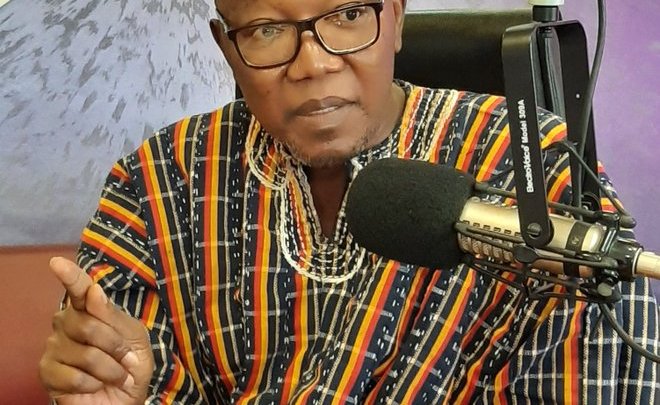Member of Parliament for Builsa South, Dr Clement Abas Apaak, has said that the National Disaster Management Organization (NADMO) is under-resourced.
“As we are speaking today, if you were to ask NADMO to give you figures about what quantities and type of resources extended to the victims, they cannot. As we sit here, do we know how many bags of rice and how many mattresses have been distributed?” he said.
He indicated that NADMO is unable to reveal the number of resources that have been sent to the victims of the tidal wave invasion in Keta because the disaster management organisation does not have adequate resources to distribute.
READ ALSO: Tidal waves: NADMO's delayed response to victims bad - Dr. Apaak
Speaking on Good Morning Ghana, Dr Apaak said it is not true that NADMO has the capacity to provide relief items to the people of Keta.
“The NADMO story is inaccurate. The people on the ground are still telling us that they have not been receiving the supplies that we are been told that they have received. And that is only because NADMO is under-resourced and NADMO doesn’t have the capacity,” he said.
The Builsa South legislator said that during the debate in Parliament about the recent tidal wave invasion in the Keta Municipality, Members of Parliament from both the Majority and Minority sides decided that government has to properly equip the disaster management organisation.
“NADMO said they were doing an assessment and in fact when we asked NADMO about the delay with regards to their presents, they said they have sent an earlier team to do an assessment and it was going to be based on that assessment that decisions will be made about the needs. I believe we have gone past the phase of assessment so if NADMO is still telling us that they don’t know the magnitude of the damage and a specific number of people who have been affected, then that in itself re-enforces the belief that NADMO is not up to the task,” he said on Friday, November 12, 2021.
Dr Clement Apaak indicated that the government’s focus shouldn’t only be on the number of affected people but also focus on the number of logistics that are available.





